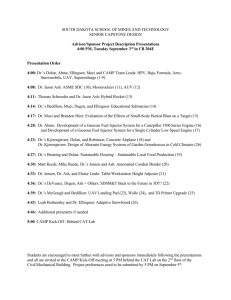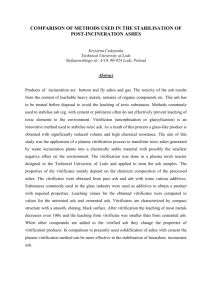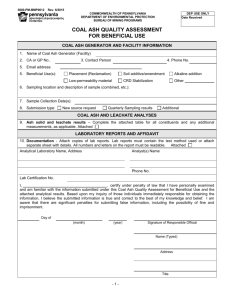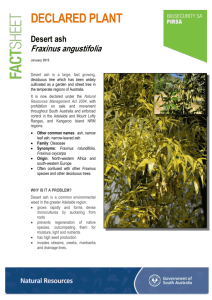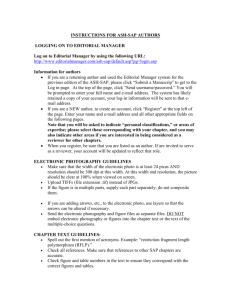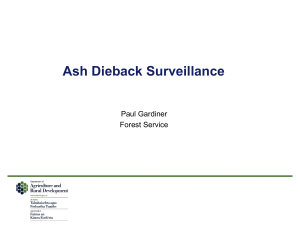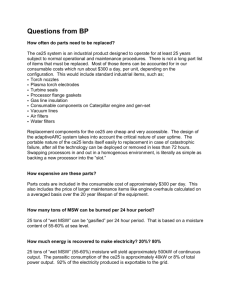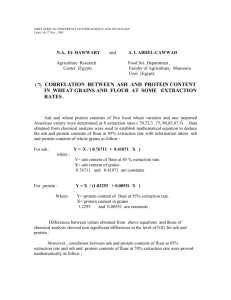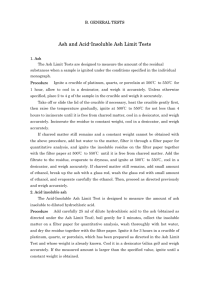2014 BP ASH Training slidepack (Optional)
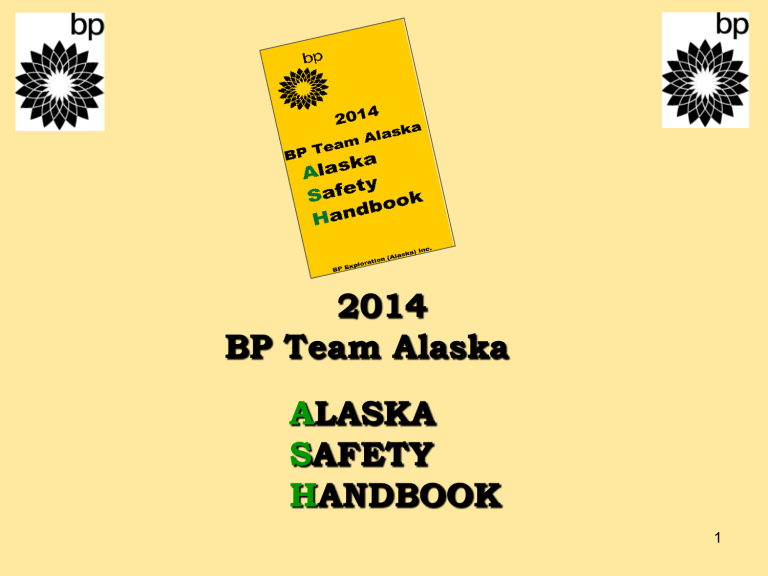
2014
BP Team Alaska
A
LASKA
S
AFETY
H
ANDBOOK
1
2014
Alaska Safety Handbook
OBJECTIVE :
• Upon completion of this training the participant will be able to:
• Understand the reason for modifications of the ASH Book
• Identify the notable modifications in the specific sections of the 2014 ASH
• Choose the applicable procedures for a given work situation
• Locate the “2014 ASH ASH Policies and Procedure
Reference” UPS-US-AK-ALL-ALL-HSE-DOC-01819-A.
2
Purpose and Responsibilities
• Operating Discipline dictates that procedures must be followed and the controlled procedure or policy covering a particular activity/task is the definitive reference and must always be followed.
• The significance of the 2014 ASH is not to spell out the procedure/policy in detail, but to summarize topics to scope of work with reference to the specific procedure/permit in order to direct employees to the correct controlled procedure to use, which will help to drive consistent use of procedures throughout operations.
• This revision includes references to applicable BPXA Policies and
Procedures with a Reference Table in Section III and Document with active links in Documentum
• While the BP ASH is based on controlled procedures and polices, paper copies of the ASH are not controlled and may not reflect changes to procedures and policies made after the printing of this book
3
See page 10 of the 2014 BP ASH for more detail.
4
1. Look up documents by Document Number or Key Words
2. Click on the Search button
5
Key Points for ASH Book Modifications
• Operating Discipline dictates that procedures must be followed and the controlled procedure or policy covering a particular activity/task is the definitive reference and must always be followed.
• The ASH is our guide/manual for safety principals, expectations, general safety and a reference tool for many safety/health policies and operating practices
• The ASH is not only a reference tool, but is a method to help instil safety guidelines and set the stage by defining BPXA’s safety expectations for all employees.
6
Overall Modifications
• Font size increased with a 50% reduction in total number of pages
• General document formatting changes: updating of page numbers, glossary, reference tables and Table of Contents
• Interactive Table of Contents added
• Added additional Policy/Procedures, GDP references to applicable sections
• Relocated Ladder Safety, Material Storage and Tool Usage sections to
Section I, Safety and Guiding Principals
• Relocated the Synthetic Webbing Slings, Standard Hand Signals for
Crane Operators and Working on or near live parts chart to Section III,
Charts, Tables and Formulas
• Added Hazard Communication Standard Pictograms and HITRAs 10 sources of energy
7
Notable Modifications
Topics Edited to reflect scope and reference to procedure
• BP Golden Rules of Safety
See pages 17-20
• Control of Work (COW) s ee page 21
• Process Safety Management (PSM)
See page 26
• Compressed Gas Cylinders
See page 49
• Driving Safety and Safe Driving Rules
See page 50
• Hot Tapping and In-Service Welding
See page 55
• Permitting See pages 60-74
• Structures (Portable/Temporary/Permanent) See page 82
• Hazard Warnings (Tags, Flags, Barricades and Signs) See page 83
8
Notable Modifications
Additional editing
• Amendment Procedure See page 124
– Edited to reflect electronic location to send form
• Hazard Recognition See page 125 (Back cover)
– Added the 10 point star and tips for using.
9
PERMITTING
The Permitting section was summarized to scope of work with reference to the specific permit in order to reflect that the controlled procedure or policy covering a particular activity is the definitive reference.
Breaking Containment See page 62
• Confined Space See page 64
• Energized Electrical work See page 66
• Energy Isolation See page 67
• Ground Disturbance and Excavation See page 69
• Hot Work Open Flame and Hot Work Spark Potential See page 70
• Lifting Operations See page 71
• Unit Work/Cold Work See page 72
• Well work transfer See page 74 10
2014
BP ASH
EXERCISE
11
Answers
1. Why was the BP Control of Work (CoW) Standard developed?
–
Answer b. Page 21
2. What is an incident?
–
Answer d. Page 22
3. What addresses techniques of lifting and carrying tools and equipment for a job to eliminate, control, or protect against risks?
–
Answer a. Page 35-36
4. What is one of the objectives of the Defeated Safety device Standard?
–
Answer: d. Page 49
5. While driving a vehicle the driver can answer an incoming call.
–
Answer: False. Page 52
12
Answers
6. The Purpose of the Management of Change (MOC) process is to properly manage changes to process chemicals, technology, equipment, organization, procedures, and facilities. All deviations from ASH shall follow the BPXA Management of Change process.
– Answer: A. True page 57-58
7. All personnel have the authority to stop work that they consider to be unsafe.
– Answer True. Page 13, 14, 15, 16
8. The energized work permit is used for work on or near exposed conducting parts that are or might become energized at _____ and above.
– Answer: D 50 volts. Page 66
9. What is the method used to avoid static electricity build up on the surface of equipment?
– Answer C. Bonding and grounding Page 77
10. Under Tool Usage, Item number 9 stipulates?
– Answer C. Page 44
13
Answers
11. Using the Feet Head of Water to PSI table we determine 10 feet of water equals ___ pounds per square inch:
– Answer: B 4.33 pounds per square inch. Page 94
12. An area operator informs you his atmospheric test indicates the area has a methane reading of 20% LEL. Using the Gas Properties Chart , what is the total concentration of methane ?
– Answer: A 1% by volume in air Page 96
13 Using the Glossary, what is HITRA?
– Answer: D d) Hazard Identification and Task Risk Assessment
– Page 116
14. Which Pictogram represents health hazards?
– Answer: D. Page 97
15. The controlled procedure or policy covering a particular activity is the definitive reference and must always be followed.
– Answer: A True. Page 10 and the bottom of each page
14
Thank You
15

